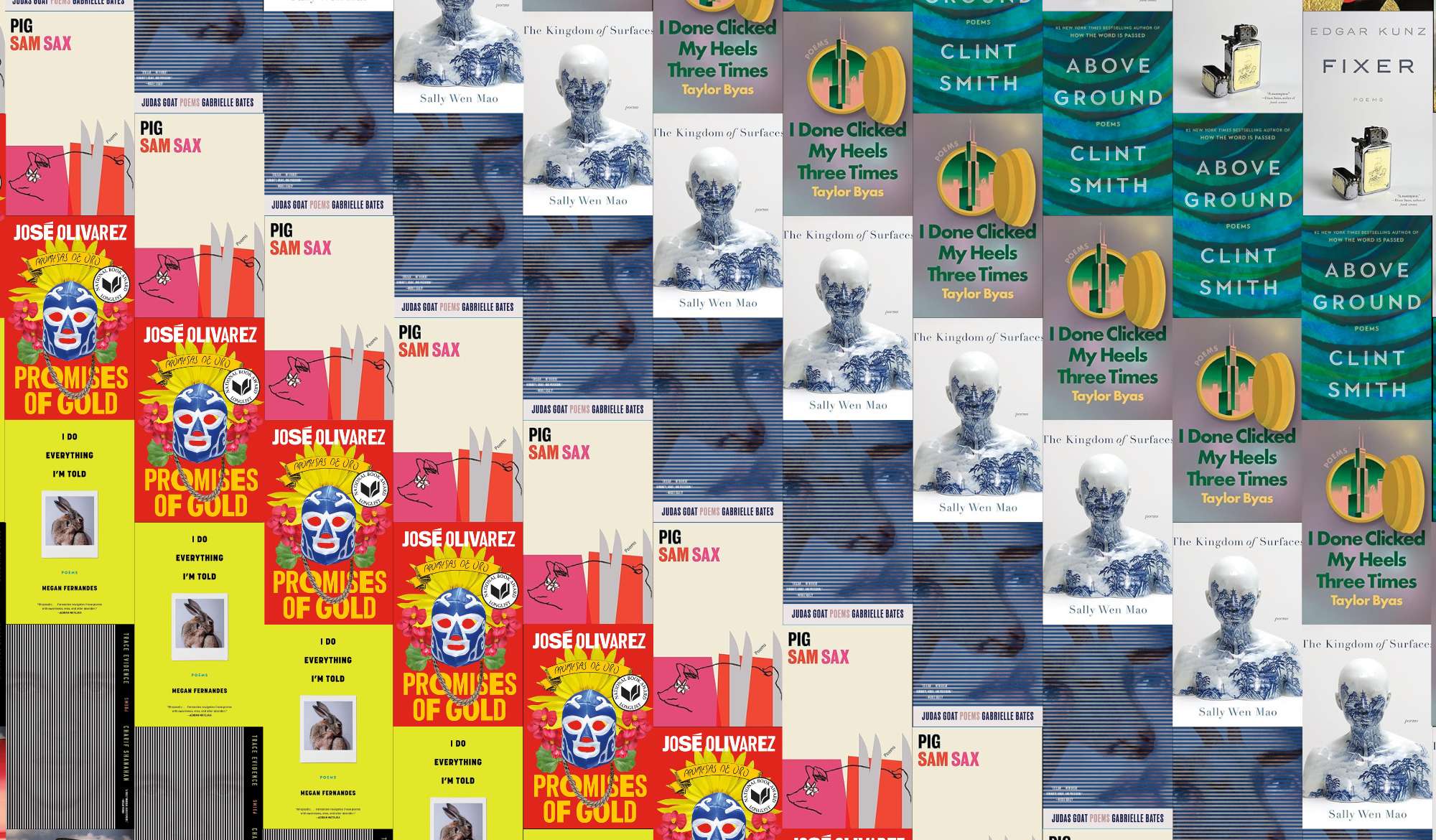Books & Culture
In Brian Platzer’s Debut, a City Burns
‘Bed-Stuy is Burning’ delivers a thoughtful commentary on race, privilege, and gentrification

Living happily in an illusion can only be a temporary state. Those things we are hiding from show up — always, like clockwork. Those lies. Those mistakes. There’s no getting away from them. Still, though, we try. Brian Platzer’s debut novel, Bed-Stuy is Burning, shows us that no matter how hard we might try, we can’t ever hide.
“Bed-Stuy is Burning balances the multiple layers of stories going on with great success.”
Aaron, Platzer’s protagonist, has a “lucky” life. He lives with Amelia, his girlfriend, and, together, they have a son named Simon. They fill their home with love and kindness. But family stability isn’t all they have going for them.
Aaron is a successful banker, and Amelia works as a journalist. They are near personifications of privilege. They live in a beautiful home in Bedford-Stuyvesant thanks to a good — very good — investment. Platzer wants us to know exactly how gorgeous the house is:
“The top windowpanes behind Amelia were 1890s stained glass, and they all matched one another. Orange teardrops emanated from a central sky-blue whirl surrounded by golden diamonds. Aaron owned those windows. He and Amelia did together. They owned the stained-glass windows and the original woodwork surrounding them. The wood was mahogany, carved to look like columns holding up a frieze, with little torches surrounded by wreaths carved into the corners. Aaron and Amelia owned this woodwork, as they owned the fireplace tiles around the still-functional gas fireplaces, the sconce lighting, the hardwood floors, the built-in closets.”
Aaron claims to live on the “nicest block in Bed-Stuy,” where even the neighbors are great. Aaron and his family have lives of near untouchable privilege — or so it seems.
Externally, sure, Aaron’s life is golden, but internally, he’s a man searching — for something that I don’t think he would recognize if found.
We learn of his past gambling trouble and how he practiced as a disbelieving rabbi. Now, he lives his life with an undercurrent of uncertainty and questions the very notion of faith. He struggles in accepting that other people stand on their religious beliefs so firmly: “Aaron really did think that no one believed in God. Or maybe it was okay that some people did but not his life partner — not his future wife and the mother of his eventual children.”
A Story About the Volatility of a Codependent Friendship
Aaron’s internal and external lives collide when a police officer kills a young African-American boy nearby, and rioters hit his street. The bubble that is Aaron’s perfect world suddenly pops, and Aaron and his family aren’t so safe. He must confront both his neighborhood and its tricky dynamics, consisting of gentrification and various social injustices, as well as face the truth about himself if his story is to be a happy one.
Platzer creates some really beautiful images throughout Bed-Stuy is Burning; however, the larger one, of a man trapped outside the confines of his home amidst great violence and trying to work his way back inside, is arguably the most poignant. It’s in scenes such as this one that the internal and external duality that guides so much of the story becomes nicely realized.
Bed-Stuy is Burning balances the multiple layers of stories going on with great success. Not only are there many threads — going into the past and, then, shifting in the present — with Aaron as I’ve mentioned, but there are a handful of diverse supporting characters, including a single dad named Jupiter and a tenant named Daniel, who make up Platzer’s narrative. These characters help amplify the struggles of Aaron — and the world in which he exists. However, it’s Antoinette, Simon’s loving and riveting nanny, who has an emotional arc regarding faith that threatens to — and occasionally does — steal the novel’s heart. Platzer captures these characters and their stories in a convincing and, ultimately, compassionate way. It’s this kind of delicate handling that makes Bed-Stuy is Burning work so well.
Many reviews will likely mention the timeliness of Bed-Stuy is Burning, but, still, this fact can’t be overstated. Platzer discusses race, privilege, and gentrification. These very things might well define our current year. However, there must also be an acknowledgement of the timelessness he captures here, too. The heart of Bed-Stuy is Burning is about a man who struggles to escape his past failures and face the future. He’s still working on figuring out his identity. He’s lonely. He’s ashamed. But he’s trying — and persevering. It’s quite a triumphant story.
While Platzer’s novel is undoubtedly a good one, the tension does get a bit overwhelming in the second half, and the pacing is a little too quick in sections. The thrills, too, extend longer than necessary. These, though, are minor qualms.
Bed-Stuy is Burning, with its diverse voices and sincere depiction of the fight for social equality, is a mighty fine debut from a writer to watch.








